For those who like to get their hands dirty, gardening is a relaxing and rewarding activity. Being one with the plants does provide a sense of purpose and perspective, but your garden might be hiding some dangerous secrets.
While it's unlikely that your garden is anything like the World's Deadliest Garden, chances are that your little patch of heaven isn't 100% danger-free.
Like many things in this world, some of the plants that we prize for their beauty go unacknowledged for their poisonous qualities. If handled incorrectly, they can prove deadly.
Since many of these plants are so popular, it's easy to forget or not even be aware of their potential danger.
However, if your pets and little ones frequent your garden, you need to know which plants might put them in danger.
Scroll through to learn which common deadly plants might be hiding in your backyard.
Deadly Plant #1: Rhubarb
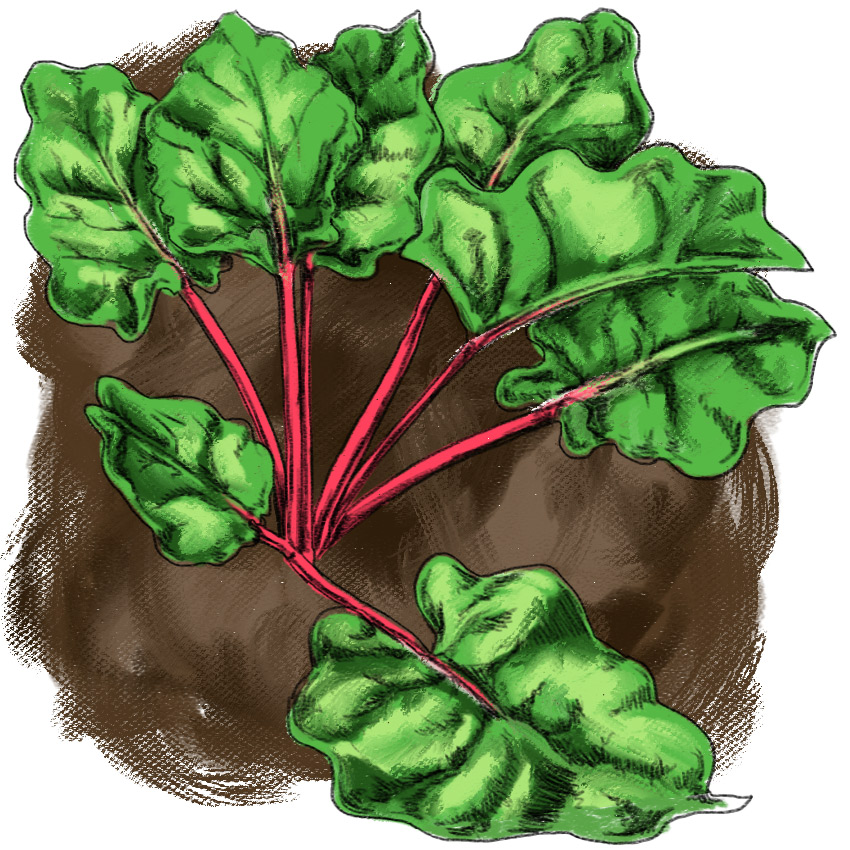
This first one may come as a surprise given that we've all probably enjoyed a slice or two of strawberry rhubarb pie.
Luckily, the red stalk is not the problematic area on this plant. Rather, the leaves contain oxalic acid and potentially anthraquinone glycosides, according to Medline Plus.
Ingestion of these substances can lead to breathing difficulty, burning in the mouth and throat, digestive problems, and, in serious cases, seizure and coma.
Stick to cooking and eating the stalk, and there shouldn't be any issues.
Deadly Plant #2: Dieffenbachia

This leafy species thrives as a houseplant or in humid outdoor environments.
Plant Rescue reports that they can grow to an impressive three feet tall, even inside, but that their sap is toxic.
Its nickname, 'dumb cane' refers to the fact that ingestion can cause mouth swelling and temporary speech loss. Be sure to wash your hands thoroughly after handling.
Deadly Plant #3: Hydrangea

It's not hard to see why hydrangeas are such popular plants, but their colorful petals are hiding something a little more sinister.
The ASPCA explains that ingestion of its buds can be toxic to dogs, cats, and horses.
The plant contains cyanogenic glycoside, which breaks down into cyanide and can cause a lot of gastrointestinal issues.
Deadly Plant #4: Oleander
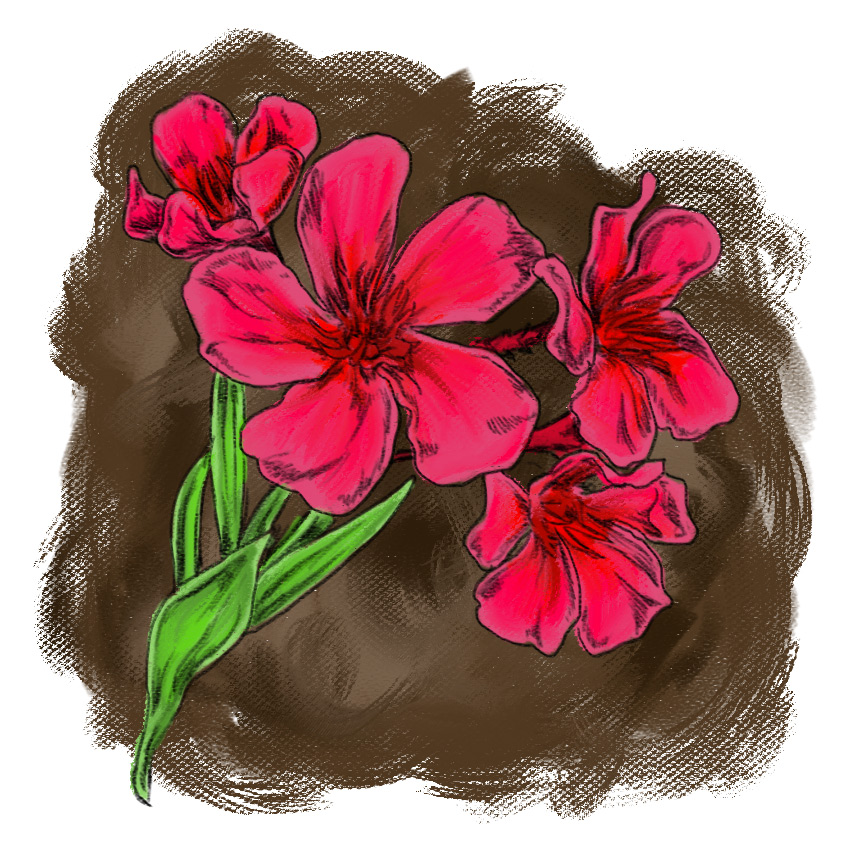
These pretty petals belong to one of the most dangerous common plants, the oleander.
Medline Plus notes that all parts of this plant, including the twigs, contain toxic compounds.
Ingestion can do some serious damage on your nervous system, as well as stomach and intestines. This might be a plant you want to remove from your garden altogether.
Deadly Plant #5: Azalea
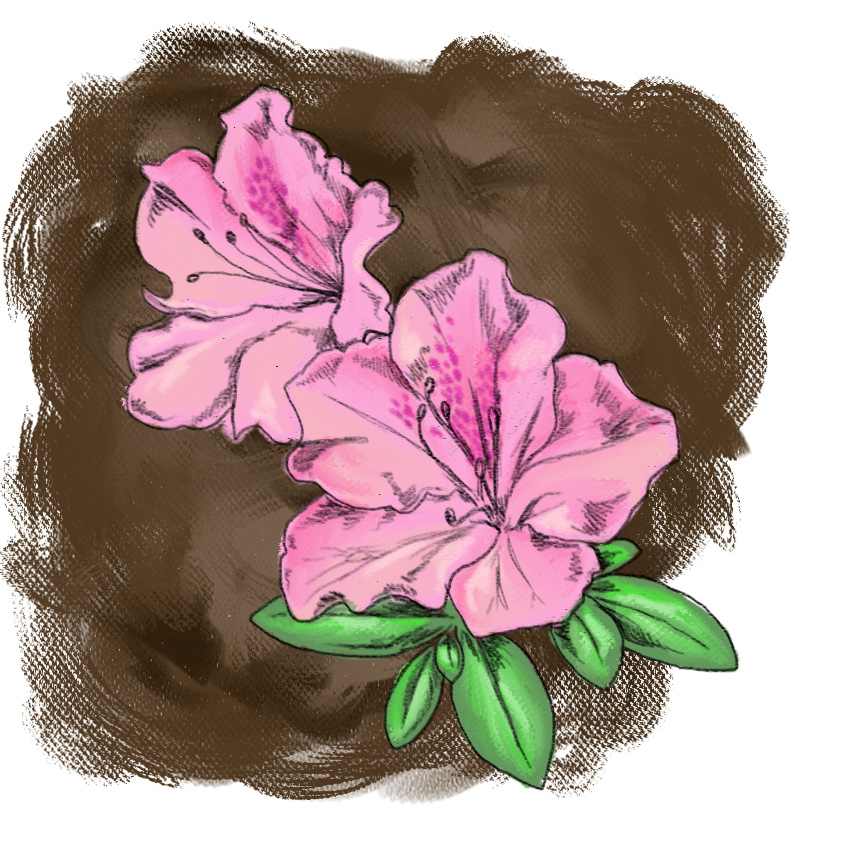
Azaleas are another beautiful plant whose inviting appearance is deceptive.
Nectar made from the azalea is actually known as "mad honey" because of its intoxicating effect, according to Poison Control.
Modern Farmer also notes that the azalea's mad honey may have even been responsible for the legendary poisoning of Roman troops during ancient times.
Deadly Plant #6: Yew

This berry-growing species of evergreen is also referred to as the "tree of death" as reported by Cornell University's College of Agriculture and Life Sciences.
The yew berry is actually not toxic, however, the seed inside is so intensely toxic it will cause near-instant cardiac arrest.
Cattle are sometimes found dead next to this plant, which is reason enough for me to stay far, far away.
Deadly Plant #7: Bleeding Heart
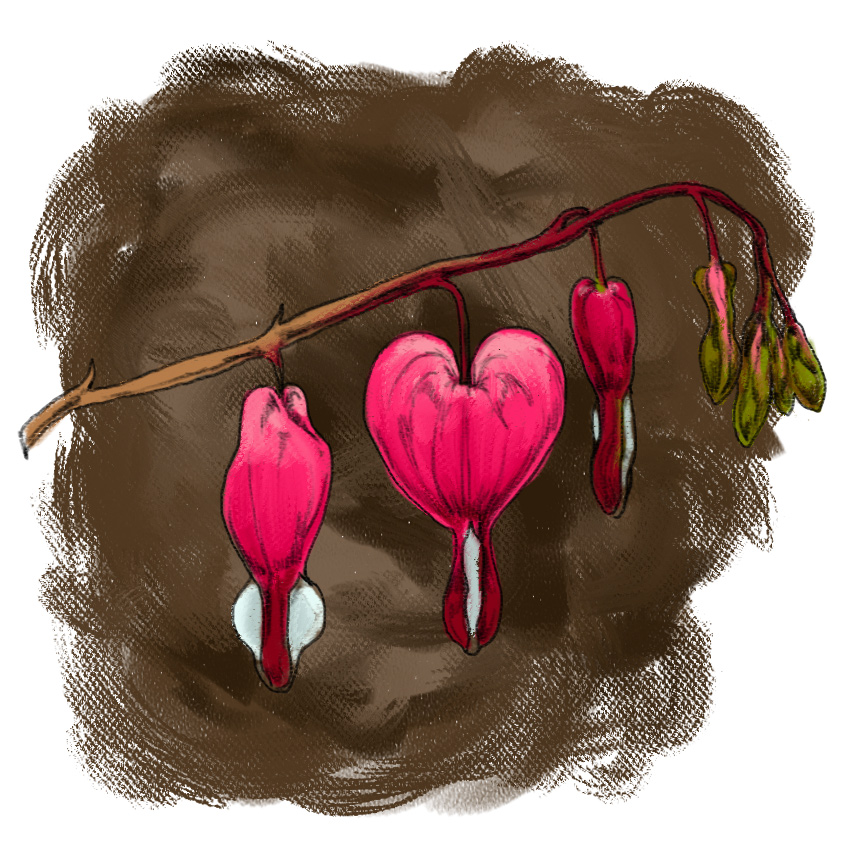
These heart-shaped blossoms may look harmless, but they are something you are going to want to avoid.
The Nova Scotia Museum reports that ingestion of the delicate-looking blossoms can cause violent vomiting and convulsions, as well as irritation of the skin.
Either wear gloves when handling or just avoid this plant altogether.
Deadly Plant #8: Heartleaf Philodendron
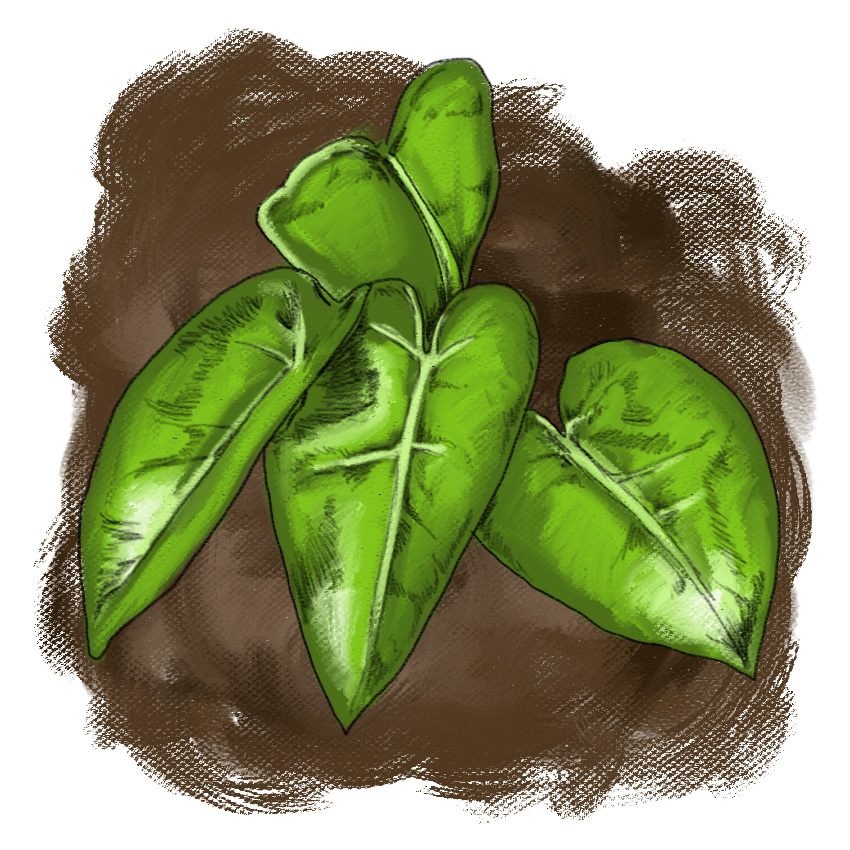
This is another common, leafy plant that looks unassuming, but is actually toxic to cats and dogs.
The ASPCA reports that oral swelling, pain, and excessive drooling are all symptoms — and that a veterinarian should be contacted immediately in such cases.
Deadly Plant #9: Silver Queen
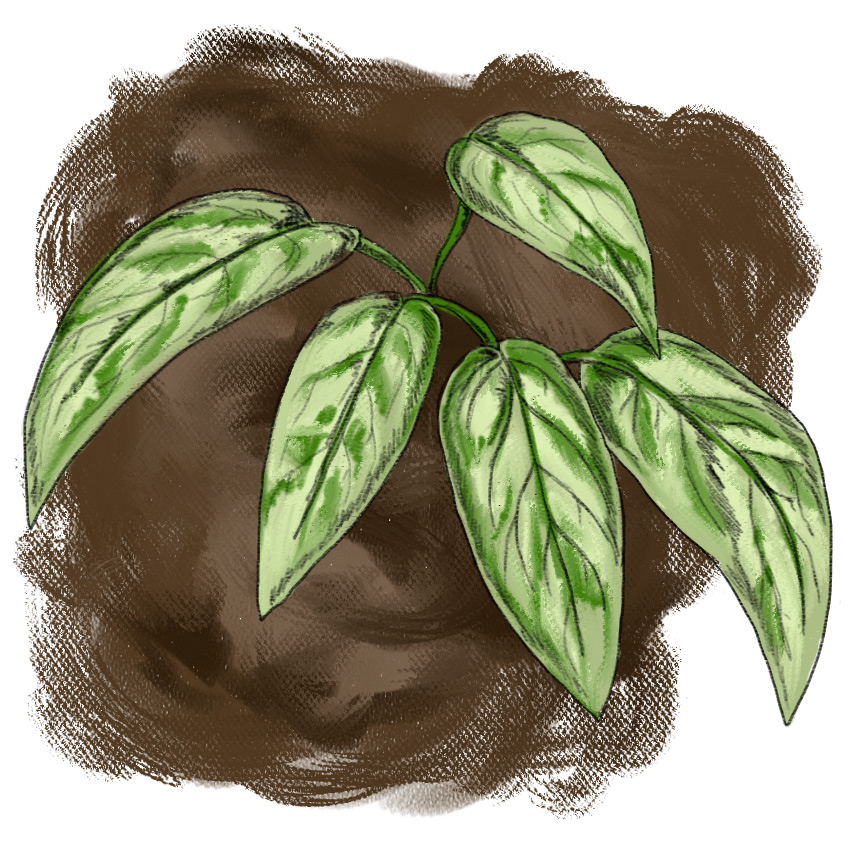
This simple-looking plant also carries dangerous toxins.
NC State University reports that this plant is toxic to dogs, cats, and children when ingested in large quantities.
Deadly Plant #10: Lily Of The Valley

It's not hard to see why people are drawn to this beautiful plant.
Unfortunately, the leaves, stems, berries, and flowers can cause scary reactions like heart failure, blurred vision, and disorientation, according to the New York Times.
In other words, if you see this plant, resist temptation to pluck the pretty flowers; you're better off if you leave them be.
Be sure to SHARE this information with your friends and family to keep them safe!




